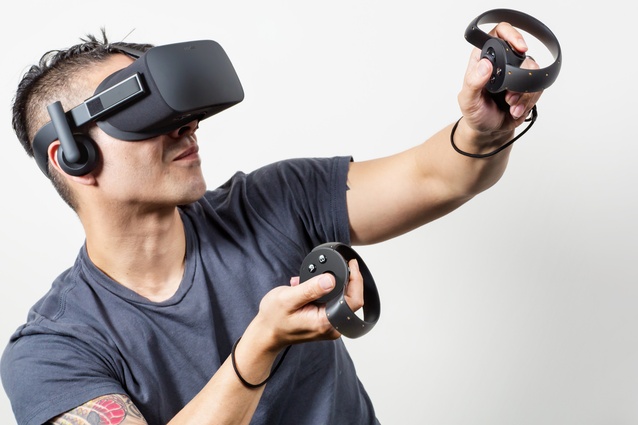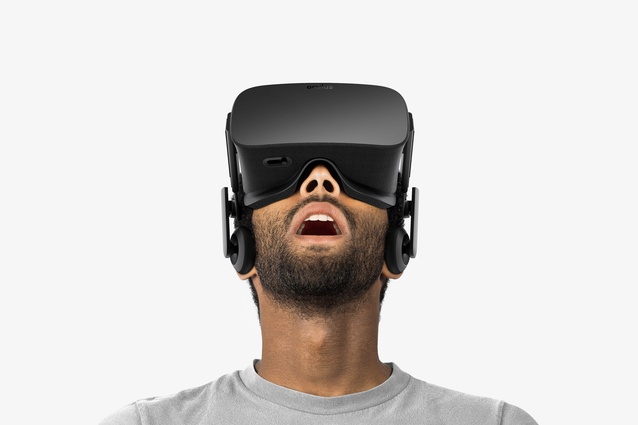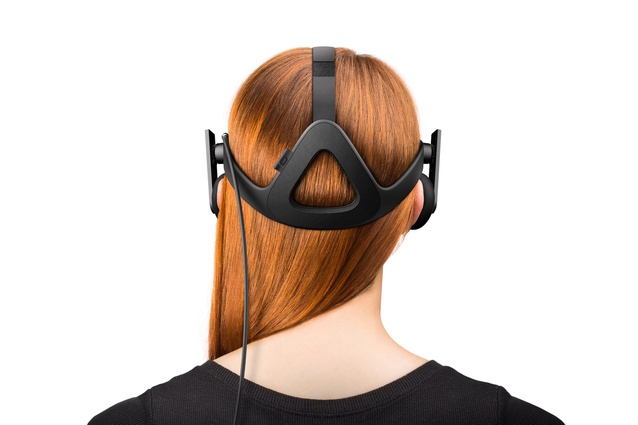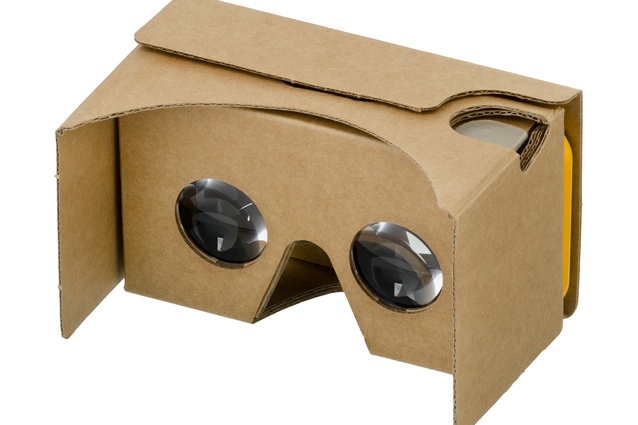Future Thinking V: Virtual Reality
In the final installation of the Future Thinking series, Sarosh Mulla gives his take on the potential of Virtual Reality (VR) technology for architecture and design.
I can’t decide if I am excited about recent advancements in Virtual Reality (VR) or not. In my sedentary life – founded on a youth spent obsessively conquering successive Nintendo offerings – I scarcely require another reason to sit still all day. But while my adult self wonders about how many hours I’ll spend hooked to machines in the future, the kid in me is positively fizzing about the potential of VR.
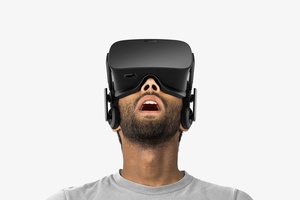
This is primarily because VR is most easily thought of as an augmentation of console video gaming. Indeed the big players, Oculus and Sony are primarily pursuing the gaming dollar with systems like Rift and Playstation VR. There is no doubt that there is an existing market waiting with baited breath, and open wallets, to be astounded.
However, VR also has potential beyond the world of gaming. It could prove to be the next stage of computing interface, paving the way for a more integrated amalgam of our minds and computers, and possibly even leading to Ray Kurzweil’s concept of the Singularity. But before our brains are uploaded into an infinite digital realm, what might actually be the consequences of VR in the next 10 years, particularly for those of us who are actively engaged in designing the ‘real’ world?
There are a few applications of VR that are already available. The most prominent is the use of Google Cardboard goggles, in tandem with smartphones, to view 3D simulations of spaces yet to be realized in the physical world, but already envisioned in the digital world. Revit, that ubiquitous BIM workhorse, is already helping architects around New Zealand produce 3D simulations in this form of VR. It is easy to see this type of simulation becoming commonplace in the near future and joining traditional techniques, such as hand drawing and model making, as fundamental tools of architectural communication.
Professional training in architecture could also embrace VR in order to expand the learning opportunities of students. For instance, instead of first year architecture students in Auckland seeing a picture of a temple in Kyoto in the near future it may be possible for their lecturer to guide them through a 3D virtual tour of the building, allowing a more engaging and immersive learning experience – and one less likely slept through.
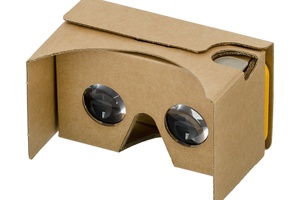
This type of VR experience could also put students on building sites en masse in foreign countries, without slowing down the contractors and without the ever-present health and safety worries. The potential of VR in education allows for a narrowing of the gap between theory and practice in a way that hasn’t been available before.
VR technology could also spark wider changes to the built fabric of our cities. For example, there are researchers currently working on the idea of ‘telecommuting’, a kind of virtual commute to a digital place of work via VR. In such a situation, workers would enter a VR work environment form the comfort of their own homes, joined by their colleagues who are also tuning in from their own homes. In such a future the urban transport infrastructure wouldn’t need to physically move the same number of people, allowing for a rethinking of what our cities actually need to accommodate in order for economic production.
There are also questions about who designs space in the virtual world. Sure, software engineers and interactive designers currently carry out the bulk of virtual spatial design. But is there not potential for architects, trained and experienced in the creation of space in the physical world, to move into this field?
The balance, or lack thereof, of physical and virtual experiences in architecture remains to be seen. But what can be said is that if VR technology continues to advance, the types of experiences architects design in the future could be more hybrid than we currently think.

